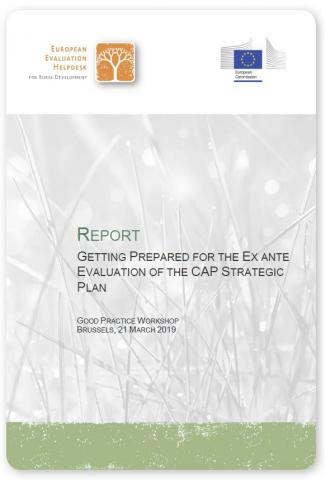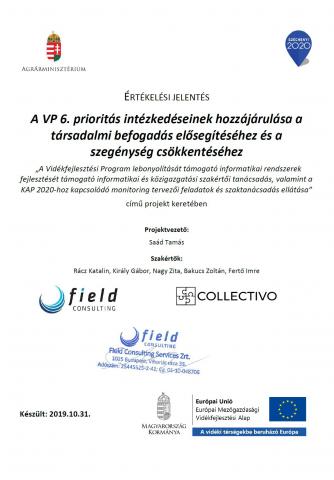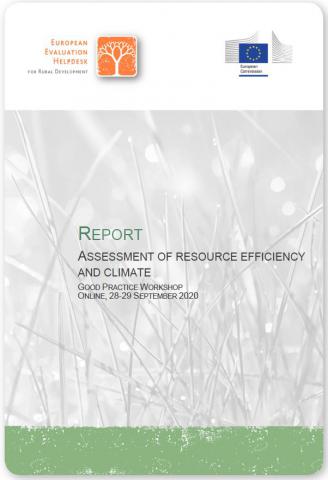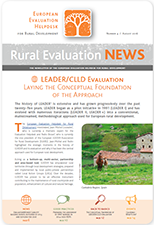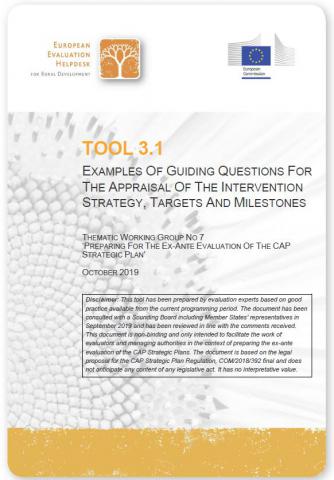
Tool 3.1 – Examples of guiding questions for the appraisal of the intervention strategy, targets and milestones: provides suggestions of what questions evaluators may wish to explore while appraising the intervention strategy, targets and milestones of the CAP Strategic Plan.

